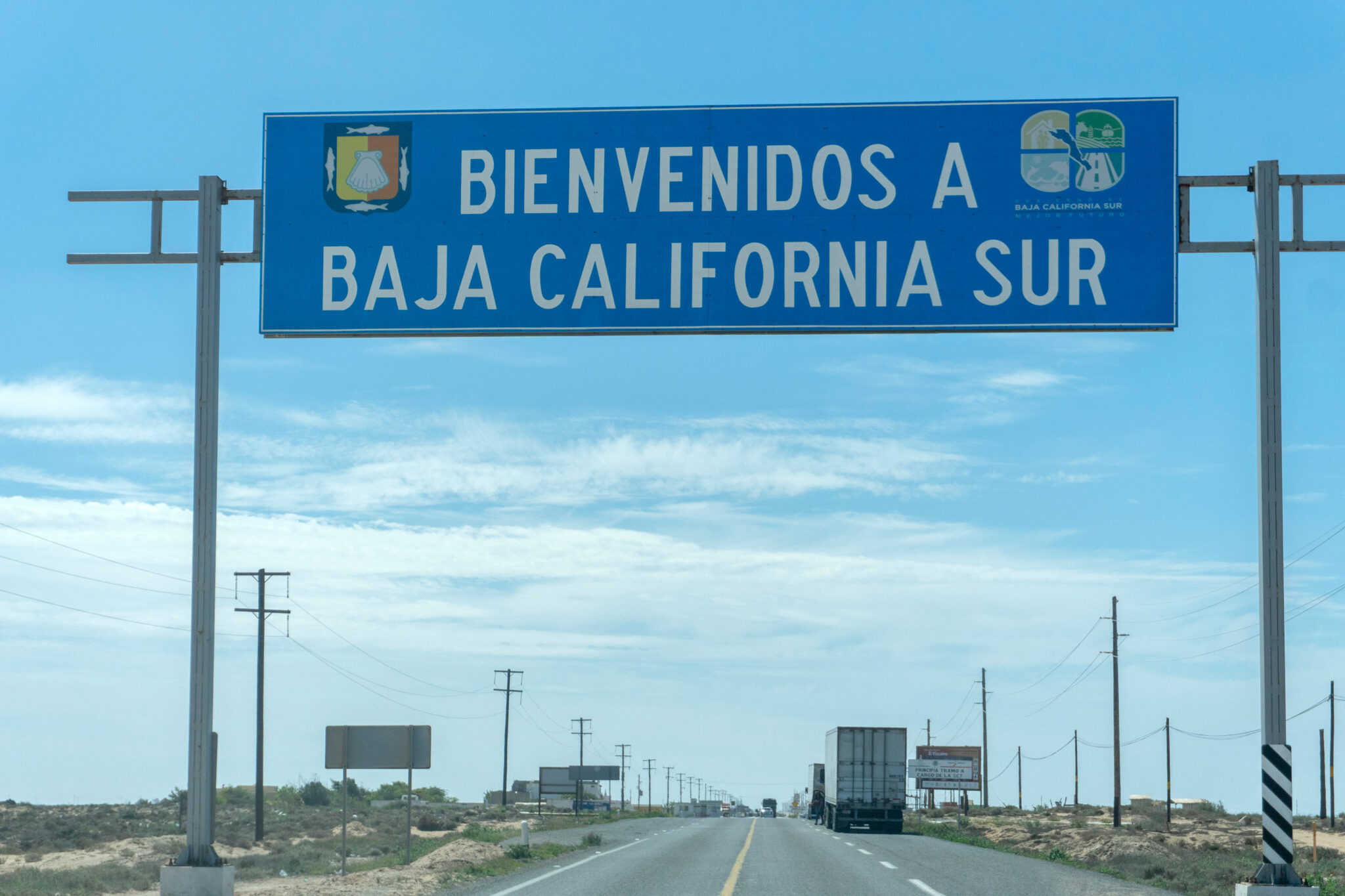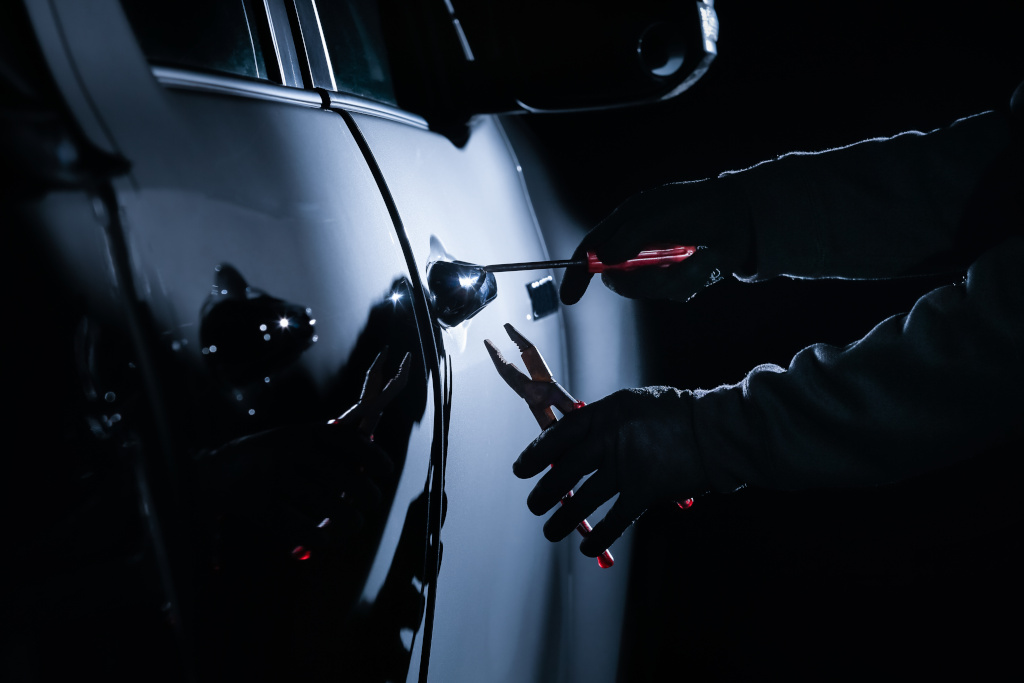Are you going on a trip to Mexico? If you’re planning on driving down south, there’s a great deal to know to ensure proper coverage. After reading this article, you’ll know how to be ready for driving in Mexico with the right insurance, which has one of the largest road networks in Latin America.
For starters, your United States policy won’t be legally valid in Mexico. You must purchase a separate Mexican tourist policy before you can even get on the road.
This article will cover:
- A detailed definition of a Mexican tourist policy
- What’s required in Mexico to drive
- What happens in Mexico if you don’t have coverage
- What happens if you get into an accident south of the border
- Tips for filing a claim in Mexico
- Renting a car in Mexico
- Insurance for boats, RVs, and motorcycles
- Some major companies that offer coverage in Mexico
- How to get coverage through your American provider
What Is a Mexican Tourist Auto Insurance Policy?
Many people think that they don’t need a Mexican policy to drive while in Mexico. But this isn’t the case. Mexico’s government requires car insurance by law. You’ll need to buy a Mexican tourist policy if you want to drive on your trip.
A standard tourist policy will include basic liability coverage. But you can also opt to get extra coverage options. Common examples include roadside assistance, medical payments coverage (MedPay), and physical damage coverage.
What It Covers
According to MexPro, the most basic form of car insurance you need to drive in Mexico is third-party liability coverage. You can’t legally drive in Mexico without it. It covers any property damages or injuries you cause to other drivers or third parties.
Mexican policies usually include:
- Liability insurance. Like in the US, you can expect this to cover bodily injury and property damage.
- Physical damage and theft coverage. Like comprehensive and collision coverages, this protects your car if it’s stolen or damaged in a collision.
- Limits. You can expect to find a limit on your policy in Mexico. In the simplest terms, this is the maximum amount your provider will pay for your claim.
- Deductibles. Your deductible is the amount you’ll pay out of pocket before your insurer covers your claim. In Mexico, you could have a fixed deductible at a low level, such as $500.
- Medical Payments. MedPay covers medical bills for you or your passengers in the event of an accident.
- Legal assistance. This could help you pay for any legal expenses you have after a car accident.
The above are things you might see in a typical Mexican tourist policy. Ultimately, the amount of coverage you have will depend on how much you can afford to buy. For some, liability may be the only option, while others may be able to add much more.
What It Doesn’t Cover
Mexican car insurance seems to cover a lot, much like the coverage you might already have. But there are a few instances that your coverage as a tourist won’t cover:
- Vehicles with Mexican license plates. You must have plates from either the US or Canada if you have tourist coverage.
- Commercial vehicles. Any commercial vehicles are not able to qualify for Mexican tourist coverage.
- Rental cars you rent in Mexico. You can’t qualify for a Mexican tourist policy if you rent a car.
What Happens in Mexico If You Don’t Have Auto Insurance?
Going out on the road without car insurance in Mexico is a recipe for disaster. Most notably, you could face time in jail. This is especially the case if officials decide you to be at fault in an accident.
You must also assume full financial responsibility if you cause an accident without any insurance. This means that the cost to pay for damages or injuries could come out of your pocket. If you’re unable to handle the burden of the costs at the time of the accident, they’ll hold you in jail until you can figure it out.
The major difference in insurance between the US and Mexico is that, in Mexico, a judge decides who’s at fault. In a system that historically would presume you to be guilty, the odds aren’t in your favor.
The bottom line is that if you’re planning on driving in Mexico, you should have insurance. It’s just not worth being in a foreign jail when you should be enjoying your vacation.
How Accidents Work in Mexico
Accidents can happen. Especially when you’re surrounded by unpredictable drivers and different traffic laws. If you find yourself in an accident while on your trip, everything should be okay as long as you can prove you have coverage.
MexBound recommends taking a couple of steps to ensure your safety in the event of an accident:
- Make sure you have proof of identity (passports, driver’s licenses, visas) and proof of insurance coverage in your vehicle any time you’re driving.
- Ensure the safety of passengers and yourself before you leave your car. Know when you can safely exit your vehicle.
They also point out that you could face arrest after an accident. This means that the police could hold you until the judge determines the party at fault, which could end up taking a while.
Tips for Filing a Claim
One of the most important steps if you get into an accident is filing a claim. The following are the proper steps you should take to file a claim for your Mexican car insurance:
- Make sure you know what the extent of the damage to your car is. If it’s safe to do so, walk around your car and take note of what you see
- Next, you’ll need to document the scene. Try taking photos of the damage with your smartphone camera, as well as talking to witnesses. It’s best if you can capture several photos and accounts of the incident
- Call your provider and inform them of the incident. Tell them your location and all the participants (yourself, passengers, and other drivers)
- Your insurance company will most likely dispatch an adjuster to your location after calling them. They’ll ask you to create an accident report. Your job will be to follow all their instructions and make sure they know the following:
- Your valid driver’s license
- The details of your policy. This includes your agent’s name, your policy number, and the name of the policyholder
- The location of the accident, including street names, landmarks, intersections, etc.
- Anything else specific that they might ask
- Make sure you file your claim while you’re still in Mexico. This is probably the most vital step. Your coverage won’t stand if you return home before filing a claim
It can be stressful to get into an accident on vacation in a foreign country. But if you can react calmly, use the tips above, and follow your insurance provider’s instructions, you’ll be just fine.
Mexican Rental Car Insurance
If you’re traveling to Mexico on a plane or a cruise and still want to drive in town, you’ll likely need to rent a car. Doing so will allow you to drive around on your terms without relying on things such as taxis, shuttles, or buses.
When shopping around for rental options, you’ll see some familiar names. Major US companies such as Hertz, Avis, and Enterprise are available for use beyond the southern border. Keep in mind that Mexico will require you to buy liability coverage by law to drive a rental car.
Another add-on you can purchase is a loss damage waiver (LDW), also known as a collision damage waiver (CDW). This takes away any costs for a damaged rental car. While this is optional, note that you could end up paying for damages if you don’t have an LDW or enough insurance.
There are some instances where you could get rental car coverage from your credit card company. Sanborn’s, a Mexican auto insurance company, says that most credit card companies only have physical damage coverage, but that some companies do carry an LDW. Therefore, it might pay off to check with your credit card company and see what kinds of rental car coverages they offer, and which countries (like Mexico) they offer it in.
Insuring Your Watercraft, RV, or Motorcycle in Mexico
It’s not uncommon to travel down to Mexico with a recreational vehicle, boat, or motorcycle. Here’s some info on properly insuring each class of vehicle on your southern trip:
Watercraft
If you’re bringing watercraft with you to Mexico, such as a boat or jet-ski, you need to label it as a towed unit on the auto insurance policy you decide to purchase. It’s important to note that you’ll only have coverage for the watercraft while it’s connected to your vehicle.
When it comes time to go out on the Mexican waters, you must have liability for your boat. The Mexican government requires this by law. You can find this type of coverage for your boating activities with many of the same companies that offer Mexican car insurance.
RVs
If you choose to drive an RV to Mexico, you’ll need to ensure that it’s listed in your policy. The coverages you’ll see for RVs are very similar to the typical Mexican tourist coverage that we mentioned earlier in the article.
Motorcycles
Motorcycles, like RVs, must be in your primary insurance policy. Motorcycle policies that allow the option to cover physical damage and theft are a must when in Mexico. Not all Mexican companies carry this type of coverage. So, it could take a little shopping around to find the policy that’s right for you.
Mexican Auto Insurance Companies
Below is a list of some common car insurance companies you’ll see in Mexico:
- Grupo Nacional Provincial
- El Aguila Compañía de Seguros
- International Insurance Group (IIG)
- Progressive® Mexican Auto Insurance by MexPro
- Sanborn’s
- BajaBound
- MexPro
Many of the major US providers, such as GEICO and Progressive, partner with these companies or others to help you find the best price. Because of this, it might make your life easier to get in contact with your stateside insurer first. One way to do this is to compare quotes from different companies. This could help you get a better deal.


